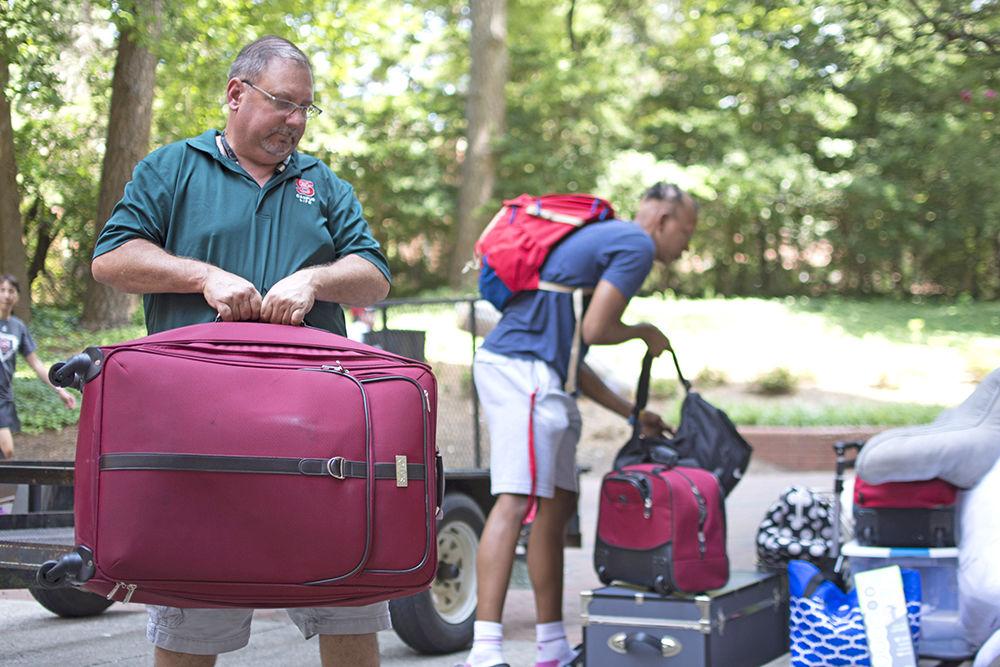Originally announced in November 2016, the first-year live-on requirement has returned to campus for its second year, despite more students admitted to campus than spaces available.
The policy was first put into practice before the 2017 academic year. According to University Housing, all students who have not lived on campus for a year or completed two semesters of coursework from a post-secondary institution must reside on campus during their first year at NC State.
Susan Grant, the director of University Housing, said that 4,700 spaces have been saved for incoming first-years. Grant said that with the requirement, upper-class students have the lowest priority in student housing.
“This year, we gave preference to rising sophomores and saved 4,700 spaces for incoming first-years,” Grant said. “Since the program is only one year old, we don’t have anything else to share about it right now, but we’ll do some analysis and see how the new students perform. I can say that in order to accommodate everyone that wants to live on campus, we’ll need more beds.”
According to Grant, one of the biggest benefits in implementing the live-on requirement is improved average GPAs. However, she also said that living on campus on its own is not what leads to the improvements in student performance, but rather the proximity to on-campus resources such as housing villages, tutoring center and instructors’ offices.
“The Living and Learning Villages have been particularly helpful for students’ success,” Grant said. “More and more students were choosing them, but students who live on campus generally have a higher GPA compared to students who don’t. First-year students will be connected to campus, people and resources to help them be successful.”
According to Grant, an on-campus living requirement for first-year students has been implemented at other universities and colleges.
“A lot of schools have had it for decades,” Grant said. “Some, when we spoke to them, couldn’t even tell me when they started because they’d had it for so long the current staff wasn’t around when it began.”
Grant also said that living in the residence halls allows people to integrate into NC State’s community more easily through the large number of events that occur on campus.
“I could go either way,” said Ricardo Soto, a first-year student in exploratory studies from Smithfield. “I’d rather drive 35 minutes every day than pay $6000 a year, but I figured I’d at least spend my first year here to see how [the campus] is. Plus, it gets me out of the house for a while.”
Other students who were the first to experience the first-year live on requirement, like Stacey Minter, a second-year studying communication and former resident of Bragaw Hall, did not mind the requirement.
“I personally wasn’t bothered by it,” Minter said. “Since I live in Wilkesboro — about 30 minutes from Boone — I’d have to be here anyway. But I do have some friends whose parents were pretty upset about it.”
Even with 4700 beds saved, there still are not enough spaces to cover every first-year student, so a new exception was added this year allowing students residing within a 15-mile radius of campus to appeal for an exemption. The full list of qualified exemptions can be found on the University Housing website.
Despite the new exception, the university had fewer exemptions this year than the previous one; 116 this fall compared to last year’s 131.
“Everybody’s situation is different,” Grant said. “There are a lot of families within our 15-mile radius that still end up wanting to live on campus, but it’s all up to what experience they’re looking for.”
Students interested in more information about the live-on requirement can visit the University Housing website or visit the Pullen Hall office located on Dan Allen Drive.








